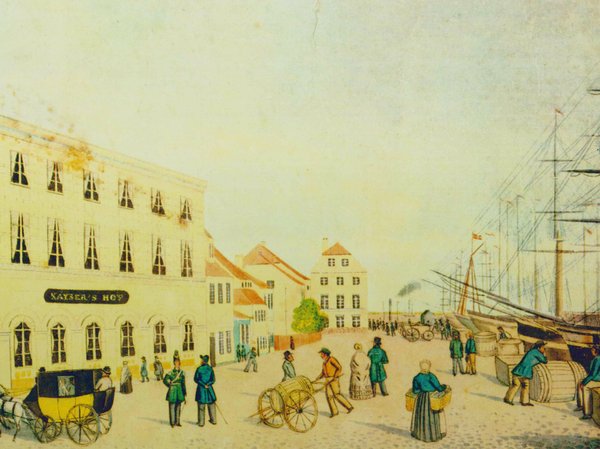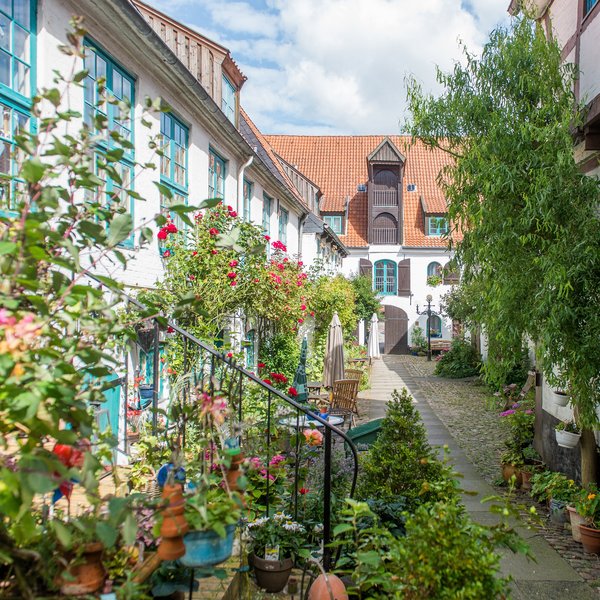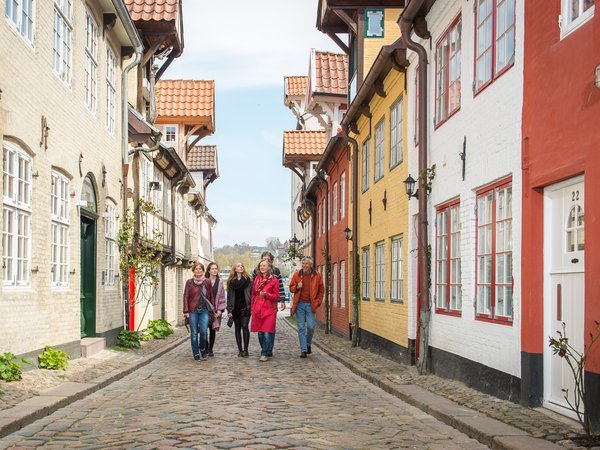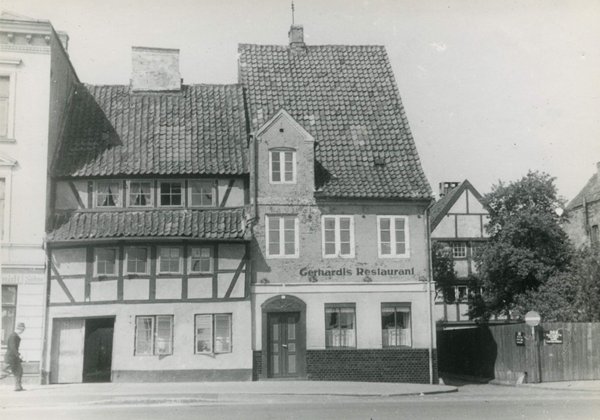Cookies on board
We use cookies so that you can manoeuvre on our website as easily and conveniently as possible. You can decide the extent the little helpers accompany you on your journey by setting the check marks yourself. Check out our data protection declaration to find out exactly what we have loaded. And now: Cast off!




